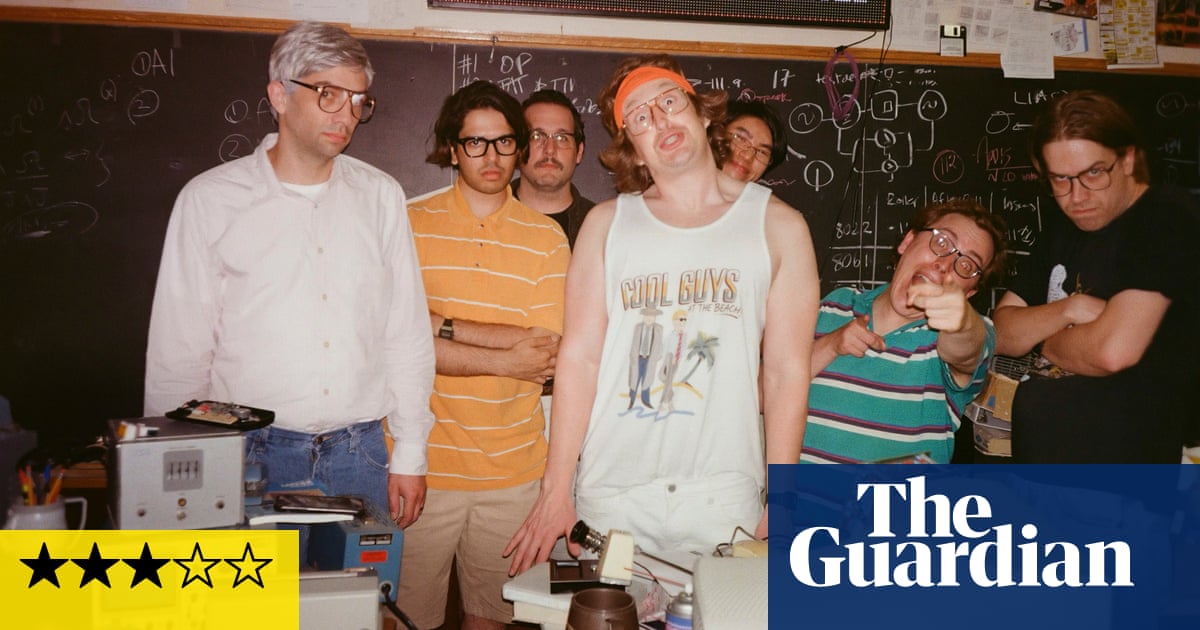
This book should have been titled Everything You Ever Wanted to Know about Alexandria Ocasio-Cortez But Were Afraid to Ask.
Whether you love her or loathe her, the former Sandy Ocasio has an irresistible story, told here in a brisk four-chapter narrative followed by brief sections on everything from a make-up video she made for Vogue to her evisceration of Mark Zuckerberg at a congressional hearing.
The woman now known everywhere as AOC was born in the Bronx and lived there until her Puerto Rican-American parents moved her to Westchester to make sure she attended a decent public high school. A science nerd whose first ambition was to be a doctor, she dropped her pre-med major at Boston University and majored in economics and international relations. Like Pete Buttigieg, she did a brief stint as an intern for Ted Kennedy, but she didn’t enjoy it as much as he did.
She spent her junior year in the African nation of Niger, where she had an unusual reaction to poverty. She decided Niger’s struggling citizens had “a level of enjoyment” that “just does not exist in American life”.
In college she met Riley Roberts, a tall, smart, red-haired finance and sociology major who went from coffee house debating partner to boyfriend. Today he is a web developer and still her boyfriend, someone who tiptoes “through the public sphere, leaving little evidence of his presence”, according to the four-page section of Take Up Space which is devoted to him.
AOC’s father, an architect, died of cancer while she was in college, leaving her mother struggling to hold on to their house. So after college her daughter came to New York and became a restaurant worker to make money and to be close to her mother.
The striking-looking bartender who came out of nowhere to be elected to Congress three weeks after her 29th birthday was launched into politics by her brother Gabriel, who heard a group called Brand New Congress formed by Bernie Sanders supporters was looking for people to nominate anyone they thought should run in 2018.
Pulled over to the side of the road in a rainstorm, Gabriel phoned his sister and asked if she wanted to run. Her reaction: “Eff it. Sure. Whatever.” So her brother, still sitting in his car, filled out the web form and hit “send”.
Brand New Congress morphed into “Justice Democrats”, who had 10,000 nominations for candidates. Gradually, AOC became their favorite, not only because she was extremely smart but also because she was “really pretty”. That, Corbin Trent explained, is “like 20%, 50% of being on TV”. Trent became her communications director.
The rigid leftwing ideology of Lisa Miller, who wrote the longest section of this book, sometimes leads her into statements directly contradicted by AOC’s success. Miller writes that the “facts of Ocasio-Cortez’s life” made her both an “impossible candidate” and “the kind of American whose hopes for any social mobility had been crushed by a rigged system perpetuated by officials elected to represent the people’s interests”.
In real life, the facts of AOC’s Cinderella story made her the perfect candidate to take on Joseph Crowley, the Democratic boss who held the House seat she was going after – and AOC turned out to be the least “crushed” person in America.
As she learned at a political boot camp organized by Justice Democrats, nothing was more important than “telling an authentic believable personal story”– and no one was better at doing that than she was.
As a Black Lives Matter activist, Kim Balderas, noticed in 2017, AOC spoke like an organizer. That made Balderas realize “she’s not coming to play. She is coming to fight”. Outspent in the primary by Crowley, $4.5m to $550,000, AOC still managed to crush him with 57% of the vote.
One secret to her success was Twitter. The month she won the primary she had 30,000 followers. Four weeks later she had 500,000. The number now hovers closer to 13 million. A 10-page section of the book describes her “art of the dunk”, including diagrams of her most successful exchanges, including one in which Laura Ingraham accused her of wearing $14,000 worth of clothes for a Vanity Fair photo shoot.
“I don’t know if you’ve been in a photo shoot Laura,” AOC replied, “but you don’t keep the clothes.”
She added: “The whole ‘she wore clothes in a magazine’, let’s pretend they’re hers’ gimmick is the classic Republican strategy of ‘let’s willfully act stupid, and if the public doesn’t take our performance stupidity seriously then we’ll claim bias’.”
But her very best exchange is also the strongest evidence that the now 31-year old two term congresswoman has grown into a national treasure – and an interlocutor who almost always manages to have the last word.
In “The Zuckerberg Grilling” section of the book, she interrogates the Facebook founder at a congressional hearing shortly after his company announced it would not fact-check political ads.
She asked: “Would I be able to run advertisements on Facebook targeting Republicans in primaries saying they voted for the Green New Deal? … I’m just trying to understand the bounds here, what’s fair game.”
“I don’t know the answer to that off the top of my head,” said the flustered Zuckerberg. “I think probably ...”
AOC: “So you don’t know if I’ll be able to do that.”
Zuckerberg: “I think probably.”
AOC followed up by asking how Facebook had chosen the Daily Caller, “a publication well documented with ties to white supremacists”, as an “official fact-checker for Facebook”.
Zuckerberg said the Daily Caller had been chosen by “an independent organization called the Independent Fact-Checking Network”.
AOC: “So you would say that white-supremacist-tied publications meet a rigorous standard for fact-checking? Thank you.”












